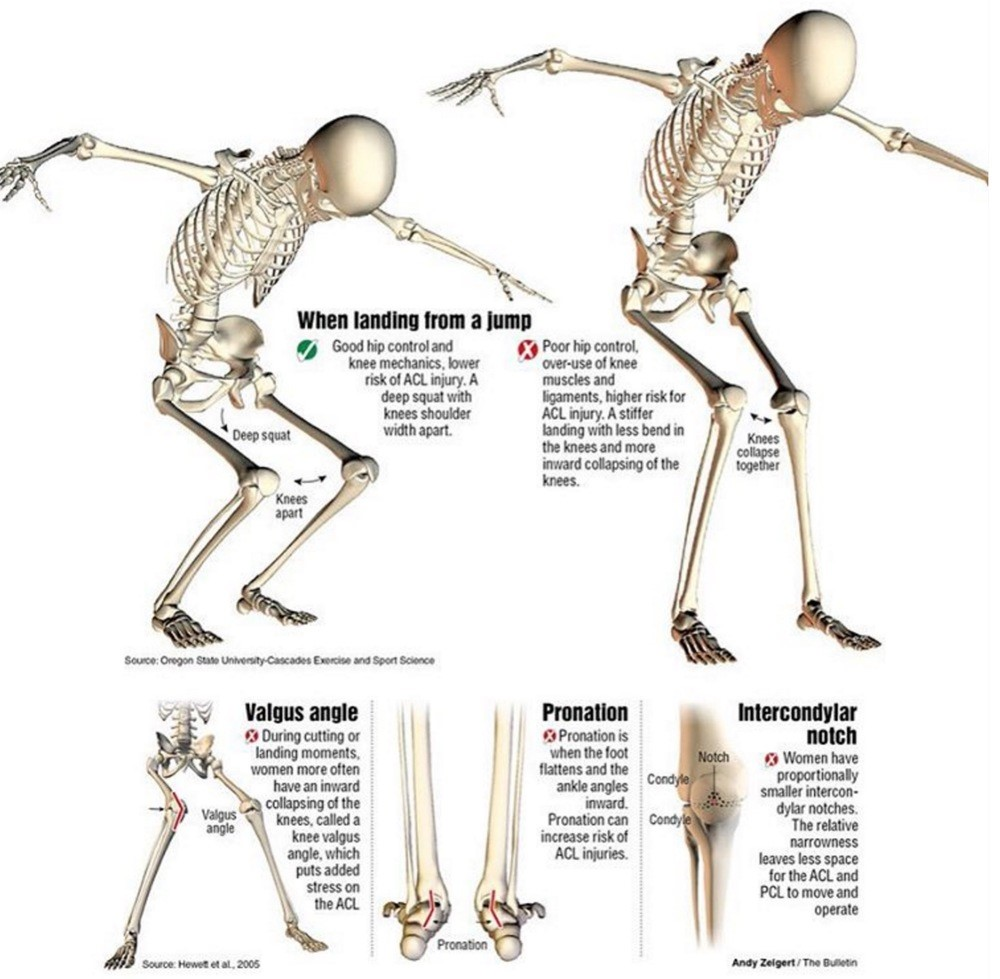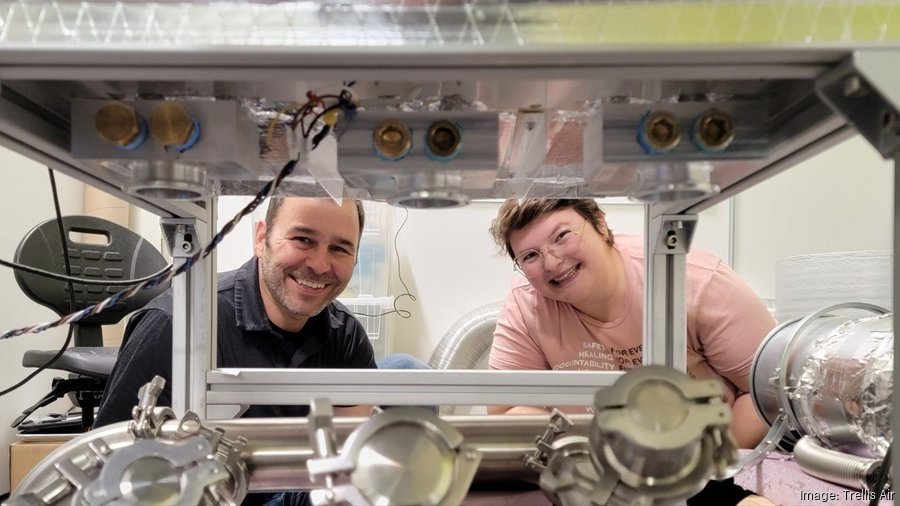ACL injury risk in women athletes has garnered significant attention in recent years, particularly as studies reveal alarming trends in ACL tears in women, which occur at rates 1.7 times higher than their male counterparts. The disproportionate incidence of these injuries raises critical questions around gender disparities in sports injuries, demanding a closer examination of the factors involved. While biological differences have often been cited as the primary cause, emerging research points to social variables and inadequate resources as underlying issues affecting women athletes’ injury rates. Recent advancements in sports science ACL studies shed light on how tailored injury prevention strategies for female athletes can significantly mitigate these risks. As we strive to understand and modify these dynamics, it becomes essential to advocate for the systematic changes required to protect and empower women in sports.
When exploring the prevalence of knee injuries among female competitors, it’s crucial to consider the multifaceted nature of this issue. The elevated instances of anterior cruciate ligament (ACL) ruptures among female athletes highlight the urgent need to address the nuanced factors contributing to these injuries. Examining sports injuries from a gender perspective illuminates existing inequalities, which have historically led to higher injury rates in women. Moreover, the quest for effective injury prevention strategies tailored specifically for women athletes is paramount, as insights from recent research are reshaping our understanding of ACL risk factors. By delving into both biological and socio-economic elements, we can devise more effective interventions to enhance the safety of female participants in sports.
Understanding ACL Injury Rates in Women Athletes
ACL injury risks are significantly higher among women athletes due to a combination of factors beyond biological differences. Recent studies indicate that social and systemic factors affect injury rates in female athletes. It’s essential to recognize that the roster sizes in women’s sports often lead to higher exposure risks during competition. For instance, women frequently play on smaller teams, which can lead to a more concentrated playing time and higher injury exposure. Furthermore, training regimens may not be as robust as those for their male counterparts, resulting in less preparation and conditioning over time.
Research has shown that ACL injury rates for women athletes can be influenced not just by the intensity of competition but also by the quality of training and available resources. For instance, female athletes may have less access to specialized training or rehabilitation facilities compared to their male counterparts. This disparity can contribute to a cycle of injury risk that is exacerbated by underfunding in women’s sports programs. Thus, understanding ACL injury risk requires a comprehensive analysis of both social equity in sports and the biological predispositions of female athletes.
Frequently Asked Questions
What are the main reasons for higher ACL injury rates in women athletes?
Higher ACL injury rates in women athletes are attributed to a combination of biological and social factors. Research indicates that women face unique challenges such as smaller team sizes, less exposure during training, and overall underfunding in women’s sports, which contribute to their increased risk of ACL tears. These disparities highlight the importance of understanding social determinants of health in sports.
How do gender disparities in sports injuries relate to ACL injuries in female athletes?
Gender disparities in sports injuries, particularly ACL injuries in female athletes, emphasize how various factors—like team size, training opportunities, and competition exposure—affect injury rates. Studies have shown that women often experience higher ACL injury rates, partly due to the structural inequities in sports that limit their access to optimal training conditions.
What frequency do ACL tears occur in women athletes compared to men?
ACL tears occur 1.7 times more frequently in women athletes compared to their male counterparts. This notable difference is attributed to various factors including physiological differences, playing conditions, and the amount of time spent in active competition, which can vary significantly between genders.
What recommendations exist for reducing ACL injury risks in female athletes?
To reduce ACL injury risks in female athletes, experts recommend improving training facilities, increasing access to coaching and physical therapy, and promoting practices that ensure equitable training conditions. Additionally, a deeper analysis of athlete-exposures that considers individual participation and training-to-competition ratios can help accurately assess and address injury risks.
What impact do sports science studies have on understanding ACL injuries in women athletes?
Sports science studies significantly impact our understanding of ACL injuries in women athletes by revealing the complexities behind injury rates beyond biological factors. These studies advocate for incorporating social factors and improving methodologies such as disaggregating practice and game times to better understand the risks female athletes face.
How can we better measure ACL injury risks among female athletes?
Better measurement of ACL injury risks among female athletes requires disaggregating data by individual training time versus game time and adjusting for team size. This approach helps accurately evaluate exposure levels and the risk associated with participation in sports, revealing more insights into injury prevention strategies.
What role does social equity play in preventing ACL tears in women athletes?
Social equity plays a crucial role in preventing ACL tears in women athletes by addressing the disparities in resources and support available to them compared to male athletes. Ensuring equitable access to quality training, medical care, and competitive opportunities can help lower the high rates of ACL injuries seen in female sports.
What future research is needed to address ACL injuries in women athletes?
Future research on ACL injuries in women athletes should focus on integrating investigations of social inequities alongside biological factors. This research should explore the impacts of coaching quality, training conditions, and facility access on injury risks, leading to better prevention strategies and interventions tailored for female athletes.
| Category | Men | Women |
|---|---|---|
| Roster size-based AEs | 28 | 25 |
| Participant-based AEs | 19 | 17 |
| Player-hours | 6 | 6 |
| Injury rate per 100 roster-based AEs | 3.6 | 4.0 |
| Injury rate per 100 participant-based AEs | 5.3 | 5.9 |
| Injury rate per 100 player-hours | 16.7 | 16.7 |
| Injury risk per team member | 0.036 | 0.040 |
| Injury risk per participant | 0.053 | 0.059 |
Summary
ACL injury risk in women athletes is significantly influenced by factors beyond just biological differences. Recent research highlights that the increased rates of ACL injuries in women can be partly attributed to the structural and social dynamics within sports. Women athletes often face disparities in team sizes, training conditions, and resource allocation, which affect their exposure to injury. These findings call for a reevaluation of how injury metrics are calculated to ensure a more accurate understanding of risk and enhance prevention strategies.



